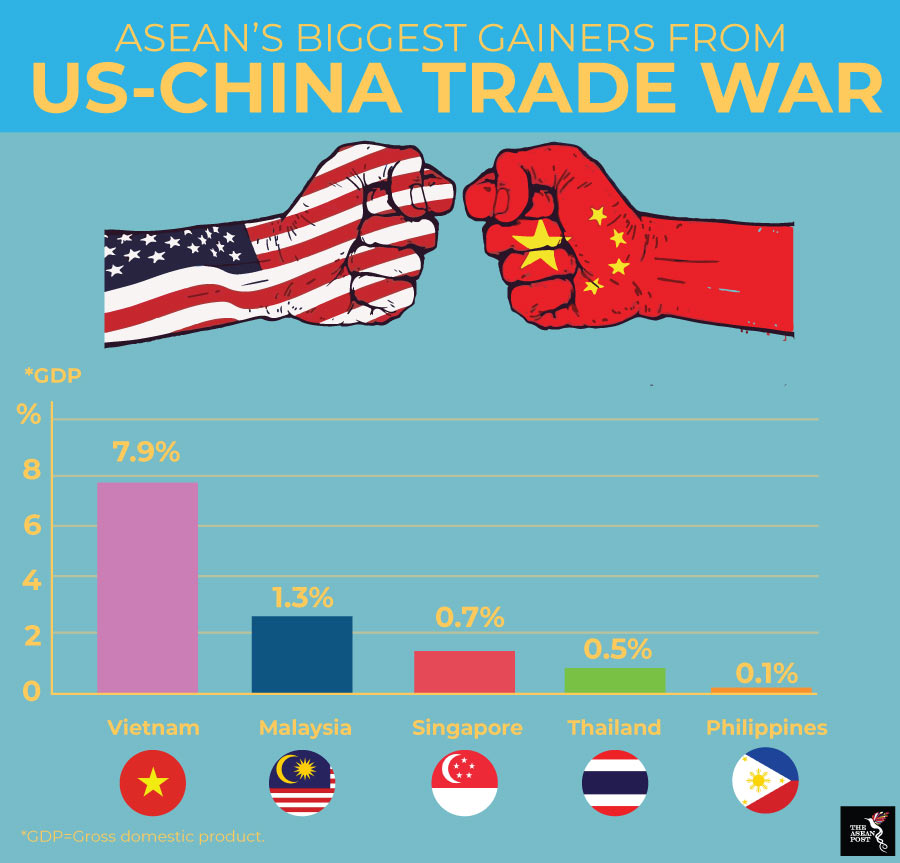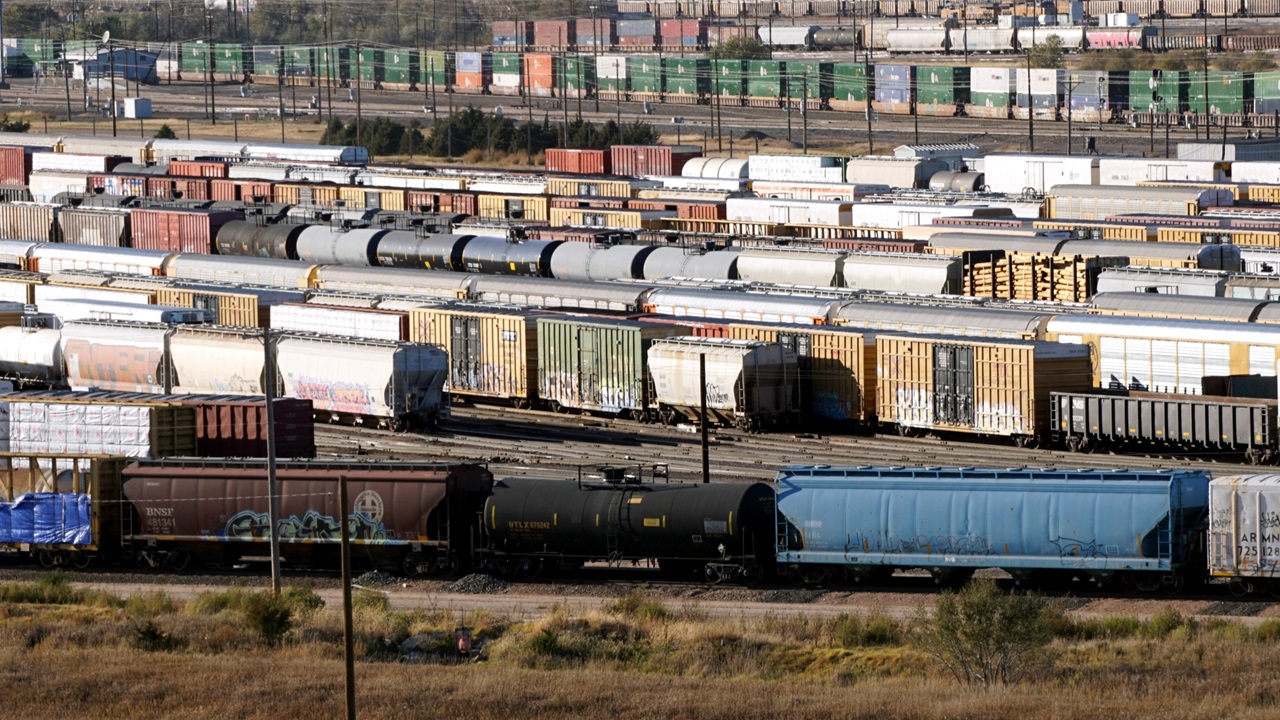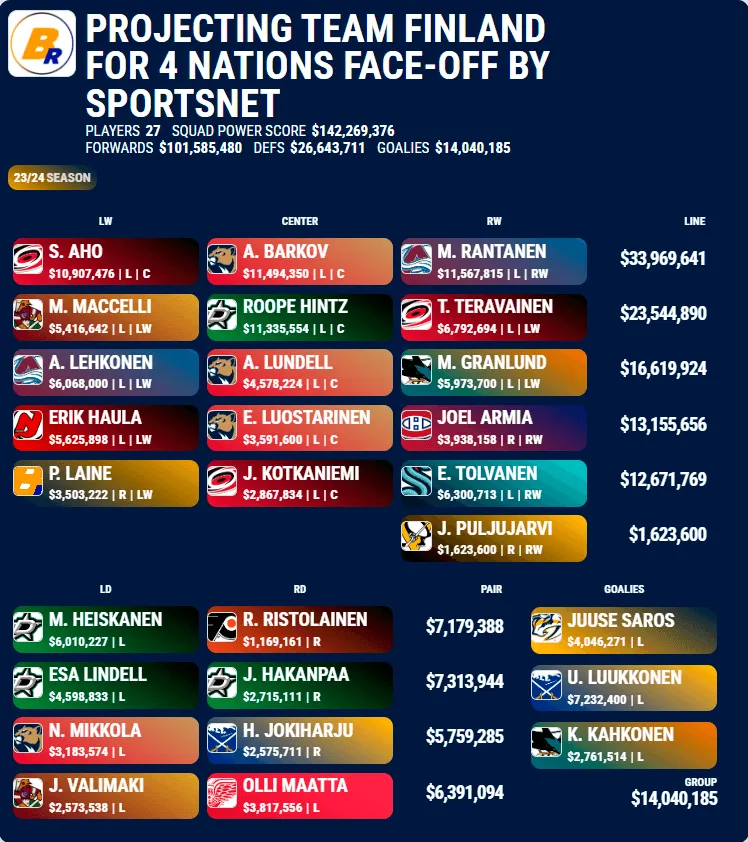The US-China Trade War: Who Conceded And How?

Table of Contents
Initial US Actions and China's Response
The US-China trade war began with the Trump administration's imposition of Section 301 tariffs on Chinese goods. This trade policy, justified by concerns over intellectual property theft, forced technology transfer, and persistent trade deficits, marked a significant escalation in the economic relationship between the two superpowers. The rationale behind these tariffs involved addressing what the US perceived as unfair trade practices and a need to rebalance the trade relationship. China's response was swift and decisive, involving retaliatory tariffs on a wide range of US goods.
- Timeline of US tariff increases on Chinese goods: The tariffs were implemented in phases, starting in 2018 and escalating throughout the conflict, impacting billions of dollars worth of trade.
- Specific sectors targeted by US tariffs: Technology products, agricultural goods, and consumer products were among the heavily targeted sectors. This led to significant disruptions in global supply chains.
- China's retaliatory tariffs and their impact on US businesses: China's retaliatory tariffs targeted American agricultural products like soybeans and pork, significantly impacting US farmers and related industries. Many US businesses faced increased costs and reduced competitiveness in the Chinese market.
- Escalation of the trade war and its effect on global markets: The back-and-forth imposition of tariffs created uncertainty and volatility in global markets, affecting investor confidence and impacting global economic growth.
The Shifting Sands of Negotiation
The escalating tariff war eventually led to several rounds of intense trade negotiations between the US and China. These negotiations involved high-level officials, including US Trade Representative Robert Lighthizer and Chinese Vice Premier Liu He. The aim was to de-escalate the conflict and reach a mutually acceptable agreement.
- Key players involved in the negotiations: The success of the negotiations heavily relied on the strategic maneuvering and compromise from key figures on both sides.
- Summary of the Phase One trade deal and its significant concessions: The Phase One deal, signed in January 2020, represented a partial truce. China committed to purchasing a significant amount of US goods and services, while the US agreed to reduce some existing tariffs.
- Analysis of China's commitments regarding intellectual property rights and market access: China made some concessions regarding intellectual property protection and promised to improve market access for US businesses, though the enforcement of these commitments remained a subject of ongoing debate.
- US concessions on tariff reductions: While the US reduced some tariffs, many remained in place, highlighting the incomplete nature of the resolution and the ongoing tensions between the two nations.
Assessing the Winners and Losers
The US-China trade war had far-reaching economic consequences, creating both winners and losers across various sectors and countries. The impact varied significantly depending on the level of reliance on trade with either nation.
- Impact on US farmers and manufacturers: While some sectors benefited from certain aspects of the trade war, others, notably agriculture, suffered heavily from reduced exports and increased costs.
- Effect on Chinese exporters and consumers: Chinese exporters faced reduced access to the US market, impacting their profitability. Chinese consumers faced higher prices for certain imported goods.
- Ripple effects on global supply chains: The trade war disrupted global supply chains, leading to increased costs and uncertainty for businesses worldwide. The intertwined nature of global trade made the impact far-reaching.
- Long-term economic implications for both nations: The long-term economic implications of the trade war are still unfolding, but it clearly created significant uncertainty and disrupted the established patterns of global trade.
The Role of Technology in the Trade War
The US-China trade war extended beyond traditional trade disputes, encompassing a significant "tech war." The competition for technological dominance played a crucial role, with the US imposing restrictions on Chinese tech companies like Huawei, citing national security concerns.
- US restrictions on Huawei and other Chinese tech companies: These restrictions limited Huawei's access to US technology and components, hindering its expansion in the 5G technology market.
- China's efforts to achieve technological self-reliance: China responded by investing heavily in domestic technology development, aiming to reduce its reliance on foreign technologies.
- Impact on global semiconductor supply chains: The trade war significantly impacted the global semiconductor supply chain, highlighting the vulnerability of global trade to geopolitical tensions.
Conclusion
The US-China trade war involved a complex interplay of tariffs, negotiations, and concessions. While both sides made compromises, the exact extent and long-term implications of these concessions remain subject to ongoing debate and analysis. The "Phase One" deal offered a temporary respite but did not resolve the underlying tensions. The conflict highlighted the interconnectedness of global trade and the vulnerabilities associated with escalating trade disputes.
To gain a deeper understanding of the intricacies of the US-China trade war and its lasting impact, further research into the specific details of the trade agreements and their economic consequences is crucial. Continue your exploration of the US-China trade war by researching the impact on specific industries and exploring future trade relations between the two superpowers. Understanding the nuances of the concessions made, and their ongoing implications, is key to navigating the evolving landscape of global trade.

Featured Posts
-
 Keine Fahrtausfaelle Zu Ostern Bvg Streik Durch Schlichtung Abgewendet
May 15, 2025
Keine Fahrtausfaelle Zu Ostern Bvg Streik Durch Schlichtung Abgewendet
May 15, 2025 -
 Nhl Playoffs Panthers Vs Maple Leafs Game 5 Prediction And Betting Odds
May 15, 2025
Nhl Playoffs Panthers Vs Maple Leafs Game 5 Prediction And Betting Odds
May 15, 2025 -
 Individual In Custody Gsw Campus Safe All Clear
May 15, 2025
Individual In Custody Gsw Campus Safe All Clear
May 15, 2025 -
 Celtics Vs Cavaliers Predicting The Outcome Of The Crucial Matchup
May 15, 2025
Celtics Vs Cavaliers Predicting The Outcome Of The Crucial Matchup
May 15, 2025 -
 Prince Edward Islands Nhl 4 Nations Face Off High Cost Revealed
May 15, 2025
Prince Edward Islands Nhl 4 Nations Face Off High Cost Revealed
May 15, 2025
